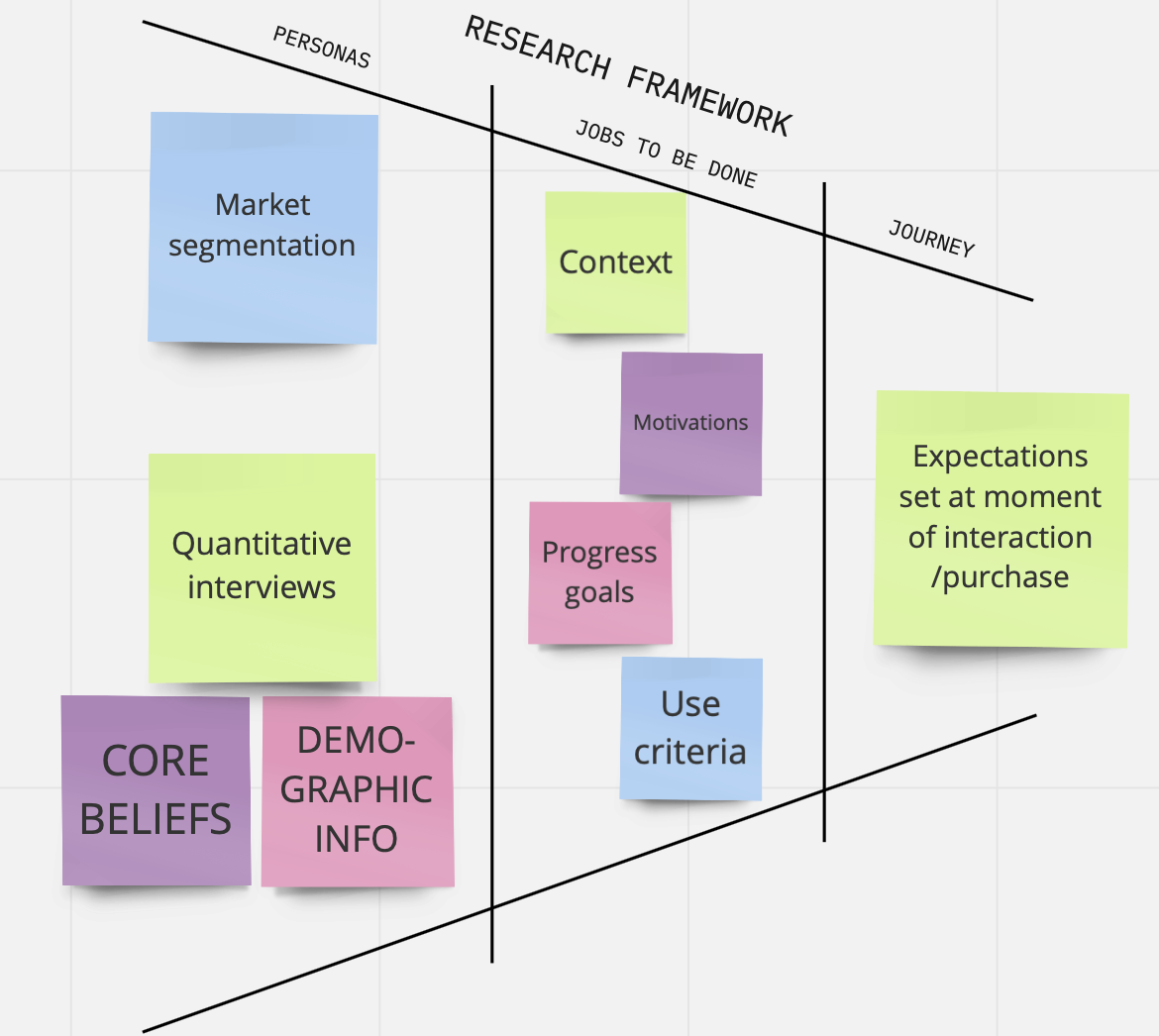‘There is no one standard that entirely covers the circular economy’ – BSI website
Background
The circular economy is defined by BSI as resources recovered at their highest quality and kept in circulation for as long as possible. Changes in consumer attitudes to consumption in the 2010s led businesses worldwide to seek alternatives. BSI established a 60-member stakeholder committee to tackle this complex issue in 2015. Recognising that there was no one standard focused entirely on the concept of the circular economy and resource management, a groundbreaking practical framework was launched in 2017, BS8001.
Current issues
- Since then, much has changed. Climate change events are more widely acknowledged with public opinion diverging from governments on the urgency for action.
- Customers and regulatory bodies pushing for sustainable business models.
- The Coronavirus COVID-19 pandemic has caused a worldwide economic shock and a temporary but profound change in lifestyles in many societies.
New initiatives – one example
One example: On 13 June 2020 the Ellen MacArthur Foundation (EMF), one of the key committee members, brought together 850 organisations to published a vision of a circular economy for plastics with a 2025 target.
How can the circular economy help businesses in 2020?
Resources are becoming more scarce but manufacturers and distributors in the circular economy are introducing additional value-added services.
Manufacturing industry could save 10 to 15 percent on direct materials required for production by refurbishing, reusing and recycling.
In product development, businesses will need to consider the whole product lifecycle and the supply chain. There are several areas and BSI can support through standards and development.
Internet of Things (IoT)
Products can be monitored and analysed remotely. Long-lasting, durable products can be developed that reduce waste
Robotics
Yield can be increased and product life extended.
3D printing
Product life can be extended by the on-demand production of spare parts.
Three BSI competitors (by organic search results, UK and US)
Standard in development, 14 May 2020
Main competitor
Techstreet
Standard covers end of life material 2015
SAE
Key questions
- Why might a customer want to use a circular economy approach in their business?
- What are the pain points for businesses using or thinking of using a circular economy approach?
- Why might a customer want to use best practice standards for their circular economy?
- How can BSI support them to adopt best practice standards?
- What has changed since 2017?
- Is there now a case for a full standard, a tool or other product that helps customers?
- Who are the current customers and users and what are their pain points now?
- Can the BS8001 framework be adapted to fit new requirements?
- Is there a market in targeting different customer bases within the BS8001 framework?
- How can other relevant BSI frameworks adapt to support this?
- Can a training product or a practical tool be developed, like SCM™?
- Is there a basis for opportunity recognition?
Proposed customer research framework
- BSI is likely to use a foundational research approach that aligns the company around a shared comprehension of each of the user group’s needs and challenges.
- This groundwork helps the product and design teams to think more strategically about the holistic user experience and identify better opportunities for improved user engagement with the product. Rooting their decisions in customer empathy builds confidence in the choices they make, which helps drive faster and more strategic product development to truly addressing user needs.
- This framework is rooted in the concept that: Attitudes shape situations, which in turn shape experiences.
Personas influence JTBD which influence a customer’s experiential journey with our product
Customer research framework funnel – see header image

